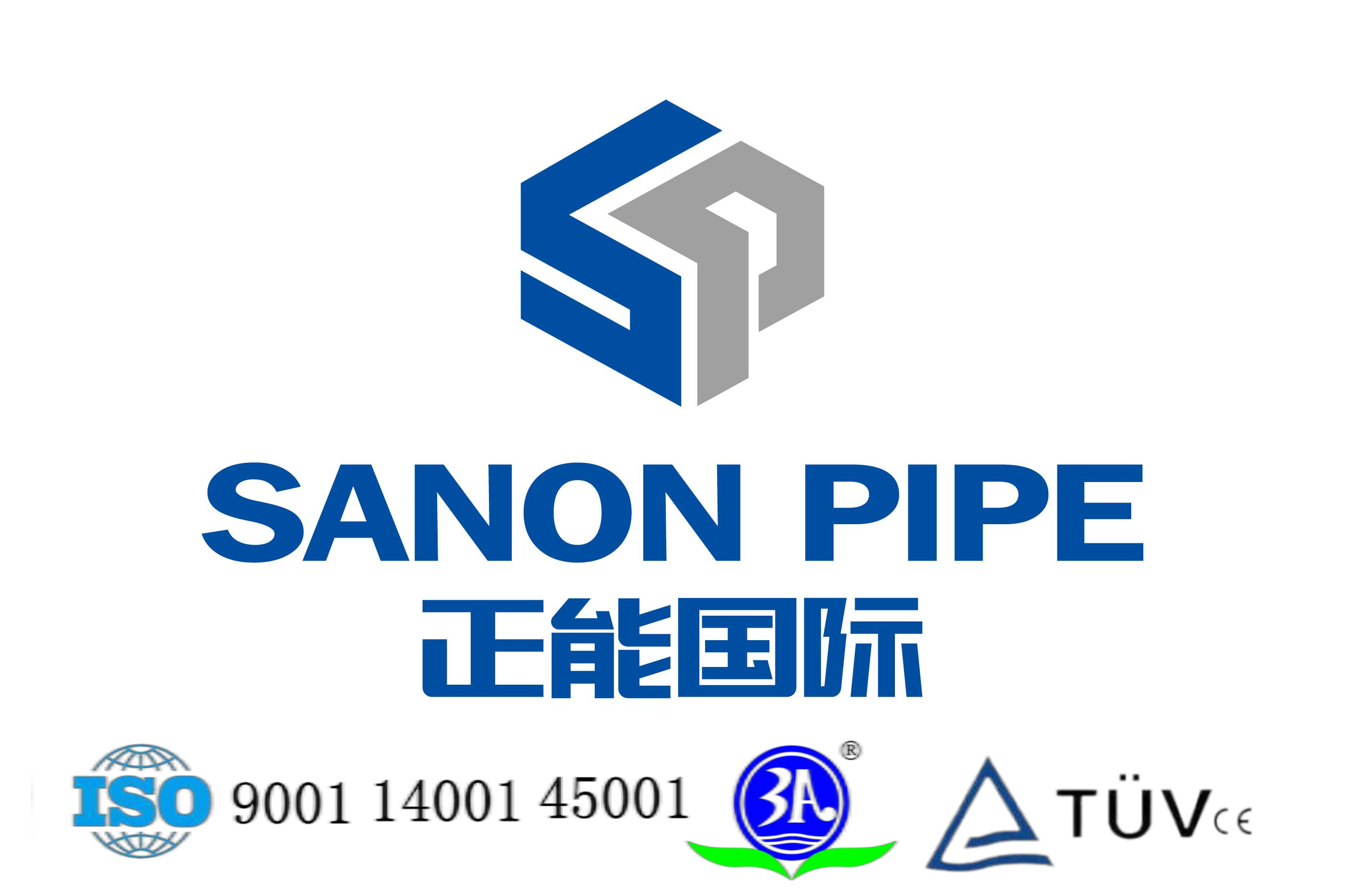ERW is high-frequency resistance welding-straight seam welded pipe; LSAW is submerged arc welding-straight seam welded pipe; both belong to straight seam welded pipes, but the welding process and use of the two are different, so they cannot represent straight seam welded pipes alone. SSAW-spiral welding-spiral welded pipes are more common.
The difference and use of ERW, LSAW and SSAW steel pipes
Straight seam high frequency (ERW steel pipe) is divided into induction welding and contact welding according to different welding methods. It uses hot-rolled wide coils as raw materials. After pre-bending, continuous forming, welding, heat treatment, gluing, straightening, cutting, it has the advantages of short welds, high dimensional accuracy, uniform wall thickness, good surface quality and high pressure compared with spiral. However, the disadvantage is that only thin-walled pipes with small and medium diameters can be produced. Fusion, groove-like corrosion defects. The current widely used areas are urban natural gas and crude oil product transportation.
Straight seam submerged arc welding (LSAW steel pipe) is produced by using a single medium and thick plate as raw material, pressing (rolling) the steel plate in a mold or forming machine, double-sided submerged arc welding, and expanding the diameter. The finished product has a wide range of specifications, good weld toughness, plasticity, uniformity and density, and has the advantages of large pipe diameter, thick pipe wall, high pressure resistance, high temperature resistance and corrosion resistance. When building high-strength, high-toughness, high-quality long-distance oil and gas pipelines, the required steel pipes are mostly large-diameter thick-walled straight seam submerged arc. According to the API standard, in large oil and gas pipelines, when passing through Class 1 and Class 2 areas (such as mountainous areas, seabeds, and densely populated urban areas), straight submerged arc is the only designated type of pipeline. According to the different forming methods, it can be divided into: U0E/JCOE/HME.
Spiral submerged arc welding (SSAW steel pipe) means that when rolling the pipe, its forward direction is at an angle (adjustable) to the center line of the forming pipe, and welding is performed during forming, and its weld forms a spiral line. The advantage is that the same specification can produce steel pipes of various diameters, the raw materials have a wide range of adaptability, the weld can avoid the main stress, and the stress is good. The disadvantage is that the geometric size is poor. The length of the weld is longer than that of the straight seam. Cracks, pores, slag inclusions and welding deviations are prone to occur. For welding defects, the welding stress is in a tensile stress state.
The design specifications of general oil and gas long-distance pipelines stipulate that spiral submerged arc can only be used in Class 3 and Class 4 areas. After improving the process abroad, the raw materials are replaced with steel plates to separate forming and welding. After pre-welding and precision, the welding diameter will expand after cold welding. The welding quality is close to UOE pipe.
At present, there is no such procedure in China. This is the direction of improvement for our factory. The "West-East Gas Transmission" pipeline is still produced according to the traditional process, but the diameter of the pipe end has been expanded.
The United States, Japan and Germany generally refuse to use SSAW and believe that the main line should not use SSAW.
Canada and Italy partially use SSAW, and Russia uses SSAW in small quantities. They have formulated very strict supplementary conditions. Due to historical reasons, most domestic trunk lines still use SSAW. The raw material is changed to steel plate to separate forming and welding. After pre-welding and precision, the welding diameter will be expanded after cold welding. The welding quality is close to UOE pipe.
ERW straight seam welded pipe is generally used as wire casing in the power industry. Performance characteristics: 100% ultrasonic testing of the parent material ensures the intrinsic quality of the pipe body; there is no unwinding-disc shearing process, and the parent material has less pitting and scratches; the finished pipe after stress elimination basically does not have residual stress; the weld is short and the probability of defects is small; it can conditionally transport humid sour natural gas; after diameter expansion, the geometric size accuracy of the steel pipe is high; welding is carried out in a straight line in a horizontal position after forming is completed, so the misalignment, seam opening, and pipe diameter circumference are well controlled, and the welding quality is excellent. Product executable standards: API 5L, API 5CT, ASTM, EN10219-2, GB/T9711, 14291-2006 and other latest standards. The product steel grades include: GRB, X42, X52, X60, X65, X70, J55, K55, N80, L80, P110, etc. The products are widely used in oil, natural gas, coal gas, coal mines, machinery, electricity, piling and other purposes. Advanced process technology equipment: such as W-FF molding, solid high-frequency induction welding, ultrasonic flaw detection, magnetic flux leakage flaw detection, and high-end testing instruments: such as metallographic analysis, Vickers hardness tester, impact testing machine, spectrum analyzer, universal testing machine and other equipment. The products are exported to South America, North America, the European Union, Southeast Asia and other places. Over the years, they have been well received by customers all over the world.
Our company provides EN10210 S235JRH, S275JOH, S275J2H, S355JOH, S355J2H, S355K2H, with specifications ranging from outer diameter 219-1216, wall thickness 6-40, and original factory warranty. Customers around the world are welcome to purchase.
Post time: Feb-18-2025





